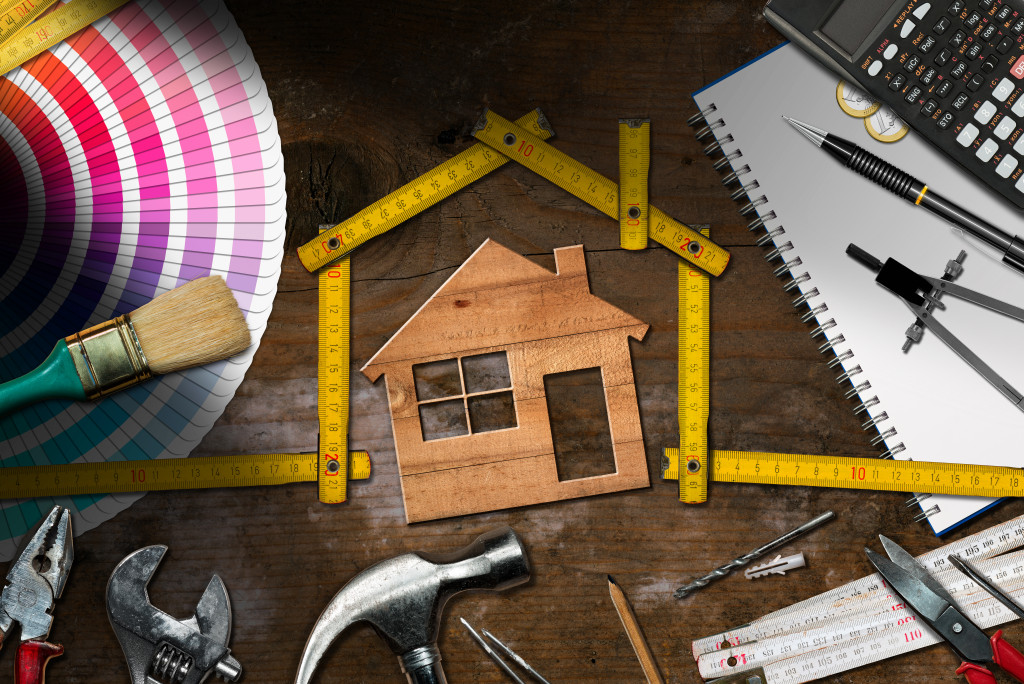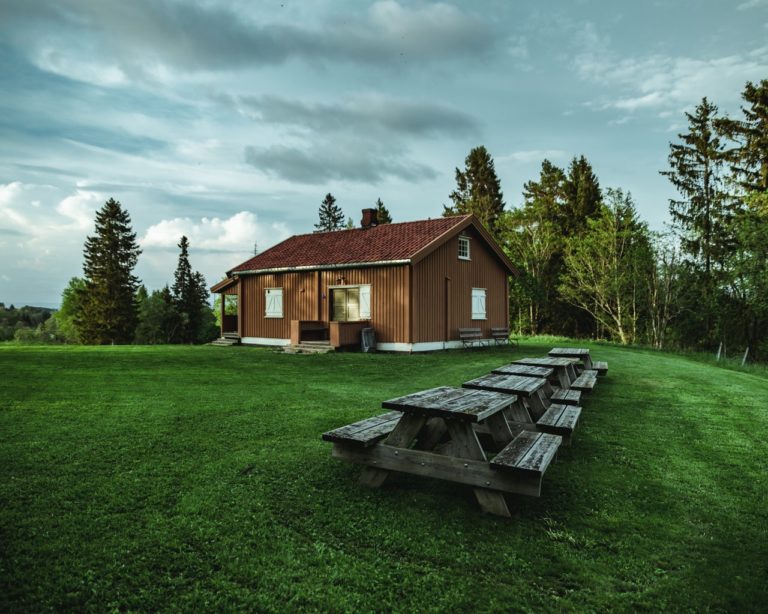Manufactured housing can be a surprisingly complicated issue, starting with the terms ‘manufactured’ versus ‘mobile’ homes.
Legally, all factory-built homes before June 15, 1976, are mobile homes. After that, ‘manufactured home’ is the correct term. Yet people continue to use them interchangeably.
Buying land with a manufactured home sitting on it? The home is considered real estate if it belongs to the property seller. Otherwise, it’s the owner’s personal property, and you’ll have to work things out with them as the prospective new owner of the land.
What if you were to inherit a used manufactured home from a deceased family member? Do they count as vehicles or real estate? The answer depends on factors such as the total value of your property and whether the title is under your sole name.
If you come into possession of an old manufactured home and don’t want it, the first impulse might be to get rid of it, somehow. But it’s actually more complex than that. You need to take the big picture into account.
Easy options
You might not be interested in living in a manufactured home, but it can still be useful for storage. Call in the experts because you’ll want to make sure it’s structurally sound. And the threat of vermin is real. Controlling the spread of ants or other insects is vital to keeping the rest of your property safe.
Another easy thing to do would be to put the home up for sale. For many people, even a run-down mobile home would represent a step up from their current living arrangements. Post your online listing and clarify that the buyer has to make their own arrangements with movers.
You can also contact charitable organizations within your community and donate the home instead. They can match it with people in need, perhaps after a fire, flood, or other emergencies. Problem solved, and you do a good deed in the process.

The carbon question
However, many people would prefer to repurpose these structures into a more useful form. Breaking them down into scraps can let you build something more useful. Demolish or even burn them, and the land underneath becomes available to grow crops, for instance.
This approach has utilitarian merits. But it gives rise to other problems.
Mobile homes were built according to a different code than modern manufactured homes. They may contain materials such as asbestos or lead that are harmful to human health and the environment.
In line with those considerations, the EPA has published a toolkit to guide new owners on how to deconstruct mobile homes while simultaneously recovering their valuable components.
Observing these best practices still matters even if you’re dealing with a relatively recent manufactured home. The underlying concern affects the entire built industry: sustainability.
Homeowners are often encouraged to think of making their properties more sustainable by implementing features with greater energy efficiency. But the truth is that all the materials we use in a home must be extracted from nature and transported to the site.
This cost is called embodied carbon. And our structures account for roughly two-thirds of all embodied carbon associated with construction activities.
Finding optimal use for scraps
The concept of embodied carbon means that your existing, end-of-life manufactured home has already generated an adverse impact on the environment simply by being built.
You no longer have the chance to reduce that effect. But you can still optimize how the remaining materials are reused or recycled.
In the absence of a buyer who’s ready and willing to take it off your hands, deconstructing the home is not just an opportunity for you to harvest scrap materials. It’s also a responsibility you undertake to ensure that those materials are given a new life.
As much as possible, scrap metal, wood, or similar products might still be useful for construction purposes. Local markets can offer a means of re-inserting them into the industry, thus reducing the need for suppliers to extract more raw resources.
You can also reduce the emissions involved in transporting materials away from your property by repurposing them on-site. Concrete rubble can become driveway bedding. Wood chips are useful as mulch. Wall insulation can become noise-reducing filler.
It matters where these materials go and to what purpose they are put. By maximizing their value, you contribute to a circular economy. What would otherwise go to waste instead finds function within a different sector and can keep moving in this way for years as it degrades.
Ultimately, embracing the challenge of breaking down that old home properly will reward you by contributing to our planet’s future.

